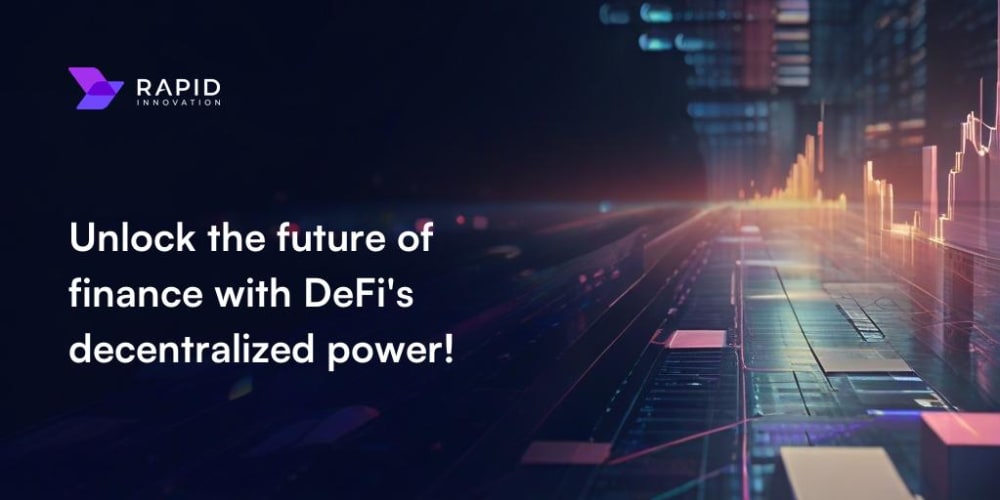How OpenAI and Microsoft Are Revolutionizing AI Technology Together
The collaboration between OpenAI and Microsoft is one of the most significant partnerships in the history of artificial intelligence (AI). This powerful alliance has been driving groundbreaking advancements in AI research, development, and deployment, shaping the future of technology and its impact on society.
This article delves into the fascinating story of this partnership, exploring the key aspects of their collaboration, the technologies they're developing, and the transformative potential these innovations hold. We'll examine how this partnership is pushing the boundaries of AI, exploring its applications in various fields and the implications for the future.
The Genesis of a Partnership: A Shared Vision for AI
The partnership between OpenAI and Microsoft began in 2019, building upon a shared vision of making AI accessible and beneficial to all. OpenAI, known for its pioneering research in areas like natural language processing (NLP), deep learning, and robotics, sought a strong partner to scale its efforts. Microsoft, with its vast cloud infrastructure and global reach, provided the perfect platform.
This partnership has not only fostered the development of cutting-edge AI technologies but also accelerated their real-world deployment. It has created a dynamic ecosystem where research, development, and application work in harmony.
Key Pillars of the OpenAI-Microsoft Collaboration
The OpenAI-Microsoft partnership is built on a foundation of key pillars that drive its success:
1. Research & Development
OpenAI's world-class research team leverages Microsoft's powerful Azure cloud platform to train and deploy its AI models. This includes developing and enhancing language models like GPT-3, which powers various applications across industries.
2. Azure AI Platform
Microsoft Azure provides OpenAI with a robust cloud infrastructure, enabling the training of large-scale AI models and the development of AI-powered applications. Azure AI offers tools and services for developers, allowing them to easily integrate OpenAI's technologies into their own applications.
3. Commercialization and Deployment
The partnership focuses on bringing OpenAI's technologies to market through commercialization efforts. Microsoft integrates OpenAI's models into its products and services, making AI accessible to a wider audience. This collaboration ensures the practical application of research breakthroughs.
Transformative Technologies: Shaping the AI Landscape
The OpenAI-Microsoft partnership has yielded several transformative AI technologies that are impacting various industries and aspects of our lives:
1. GPT-3 (Generative Pre-trained Transformer 3)
GPT-3 is a powerful language model capable of generating human-quality text, translating languages, writing different kinds of creative content, and answering your questions in an informative way. It has revolutionized natural language processing and has countless applications in fields like content creation, customer service, and education.
2. DALL-E
DALL-E is an AI system that creates images from text descriptions. It can generate realistic and imaginative images from complex and abstract prompts, pushing the boundaries of creative expression. DALL-E has applications in art, design, and entertainment, allowing for new forms of visual storytelling and design exploration.
3. Codex
Codex is a powerful AI system that translates natural language into code. It can understand programming instructions and generate code in multiple languages, making software development faster and more accessible. Codex has the potential to revolutionize coding, enabling developers to build applications more efficiently and empowering non-coders to create their own software.
Examples of the Partnership in Action
The OpenAI-Microsoft partnership is not just about research and development; it's about bringing these technologies to life and making a real-world impact. Here are some examples of their collaboration in action:
1. GitHub Copilot
GitHub Copilot, powered by OpenAI's Codex, is an AI-powered coding assistant that suggests code completions, writes code snippets, and helps developers debug their code. This tool significantly accelerates the coding process and improves developer productivity.
2. Microsoft Azure OpenAI Service
Microsoft Azure OpenAI Service provides developers with access to OpenAI's models through a secure and scalable cloud platform. This service enables developers to integrate AI capabilities into their applications, offering features like text generation, image generation, and code completion.
3. Microsoft Bing Search
Microsoft Bing search engine uses OpenAI's technology to enhance its search results and provide more comprehensive and insightful information. This includes features like question answering and summarization, making search more intuitive and informative.
The Future of AI: OpenAI-Microsoft and Beyond
The OpenAI-Microsoft partnership is a testament to the transformative power of collaboration in the field of AI. It's not just about developing cutting-edge technologies; it's about shaping the future of how we interact with AI and its role in our lives.
This partnership is pushing the boundaries of what's possible with AI, exploring new frontiers in areas like:
1. Responsible AI Development
OpenAI and Microsoft are committed to developing and deploying AI responsibly. They are actively exploring ethical guidelines, bias detection mechanisms, and data privacy measures to ensure the safe and responsible use of AI.
2. Democratizing AI Access
The partnership aims to make AI accessible to a wider audience, including individuals, businesses, and researchers. This includes providing tools, resources, and training materials to empower people to leverage AI for their own benefit.
3. AI for Social Good
OpenAI and Microsoft are exploring ways to use AI for social good, addressing challenges like climate change, healthcare, and education. They are developing AI-powered solutions to tackle complex problems and create a more equitable and sustainable future.
Conclusion
The OpenAI-Microsoft partnership represents a turning point in the history of AI. It's a powerful alliance that's driving groundbreaking innovations, shaping the AI landscape, and making AI more accessible and impactful. As AI continues to evolve, this partnership will continue to play a critical role in unlocking its potential to transform industries and improve lives.
The future of AI holds immense possibilities, and the OpenAI-Microsoft collaboration is at the forefront of this exciting journey. Their continued work will shape the future of AI, leading to advancements that will benefit humanity in countless ways.




















